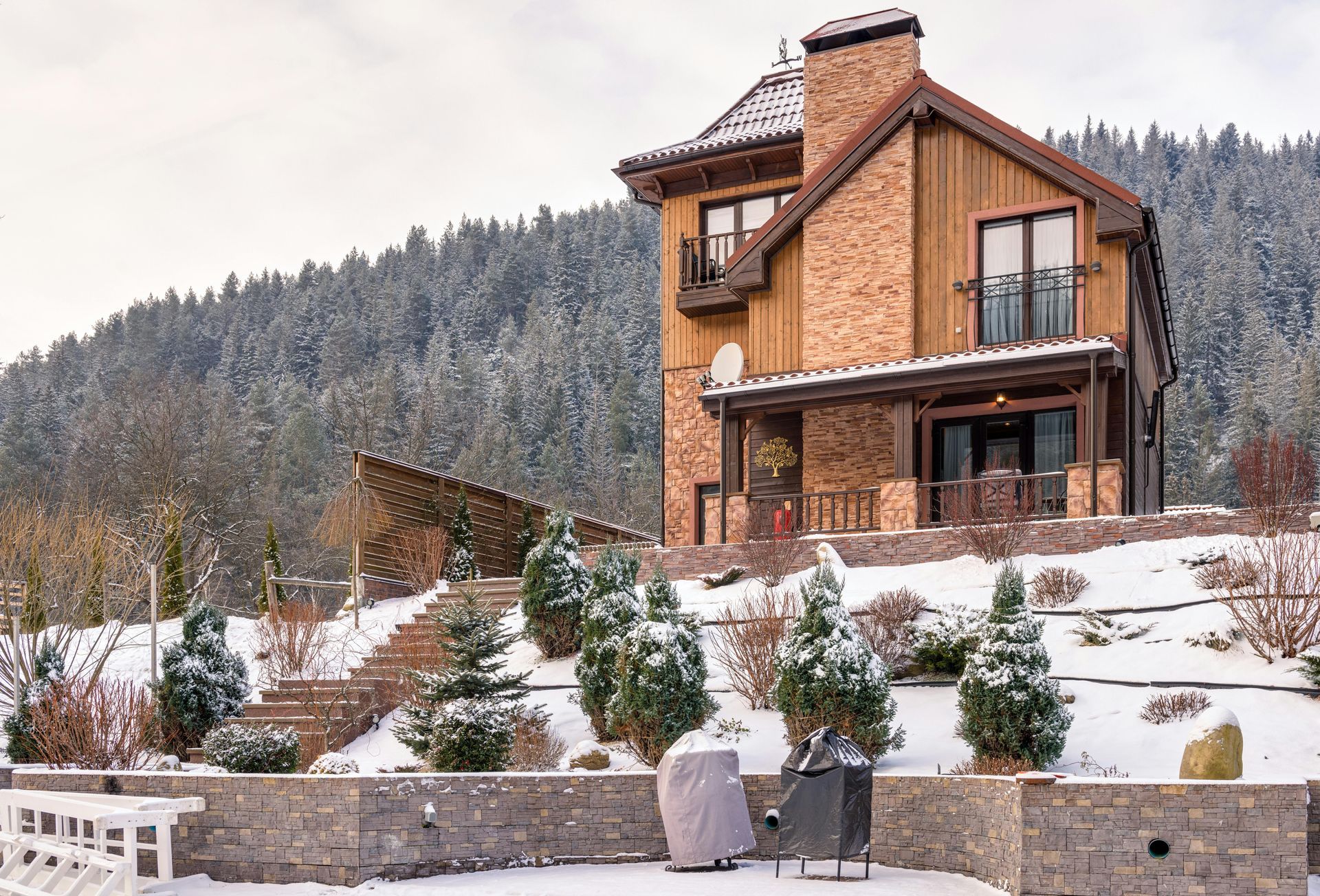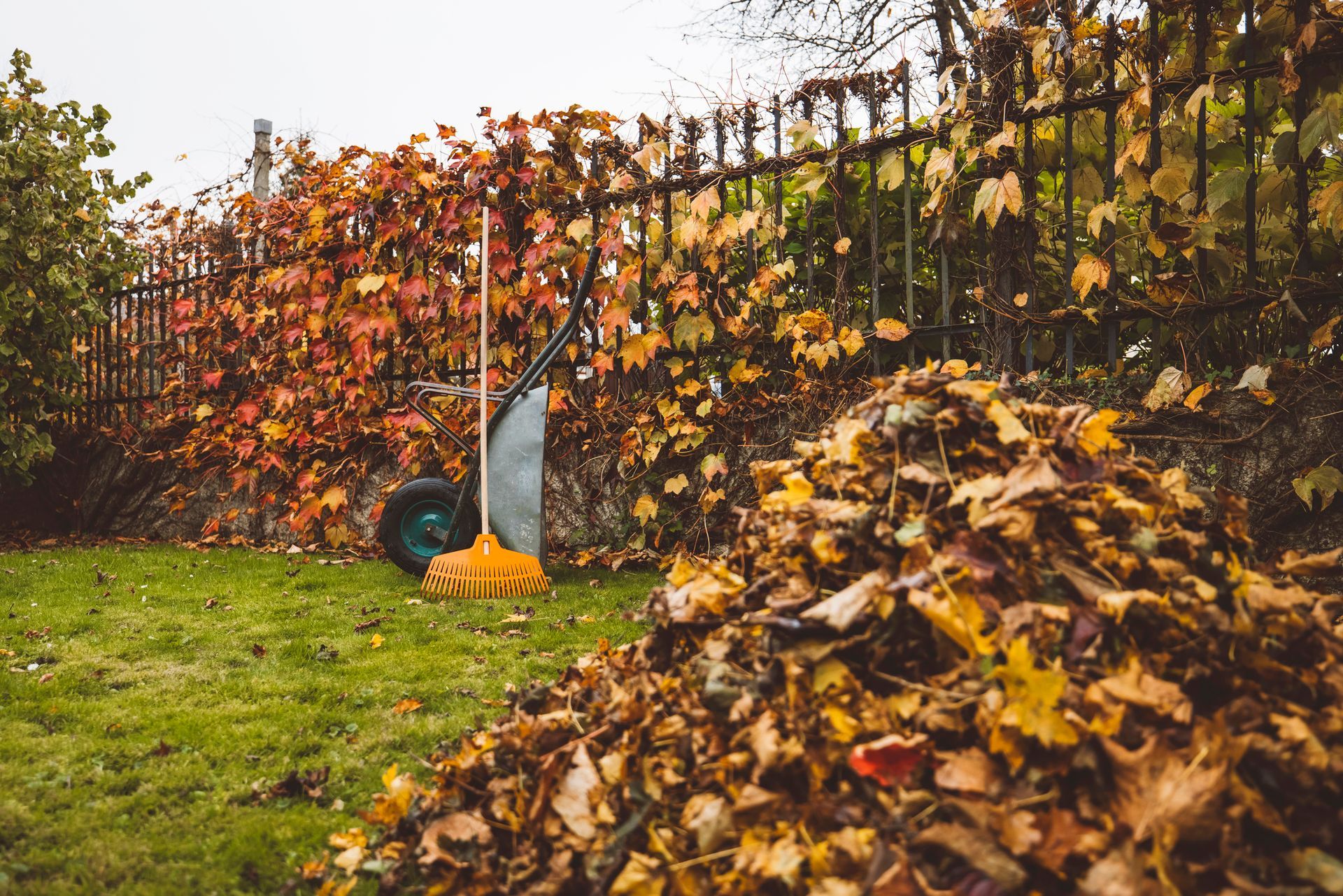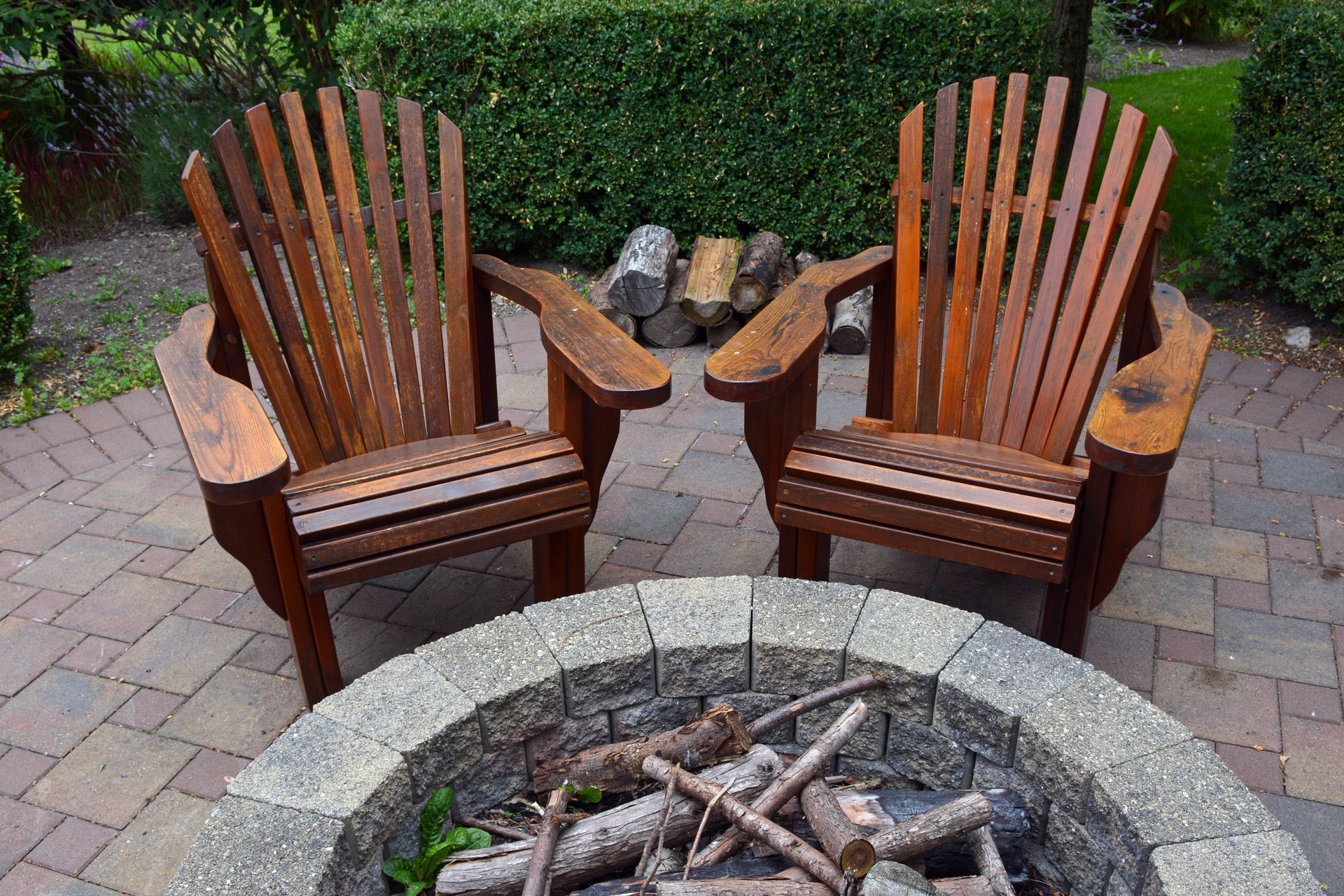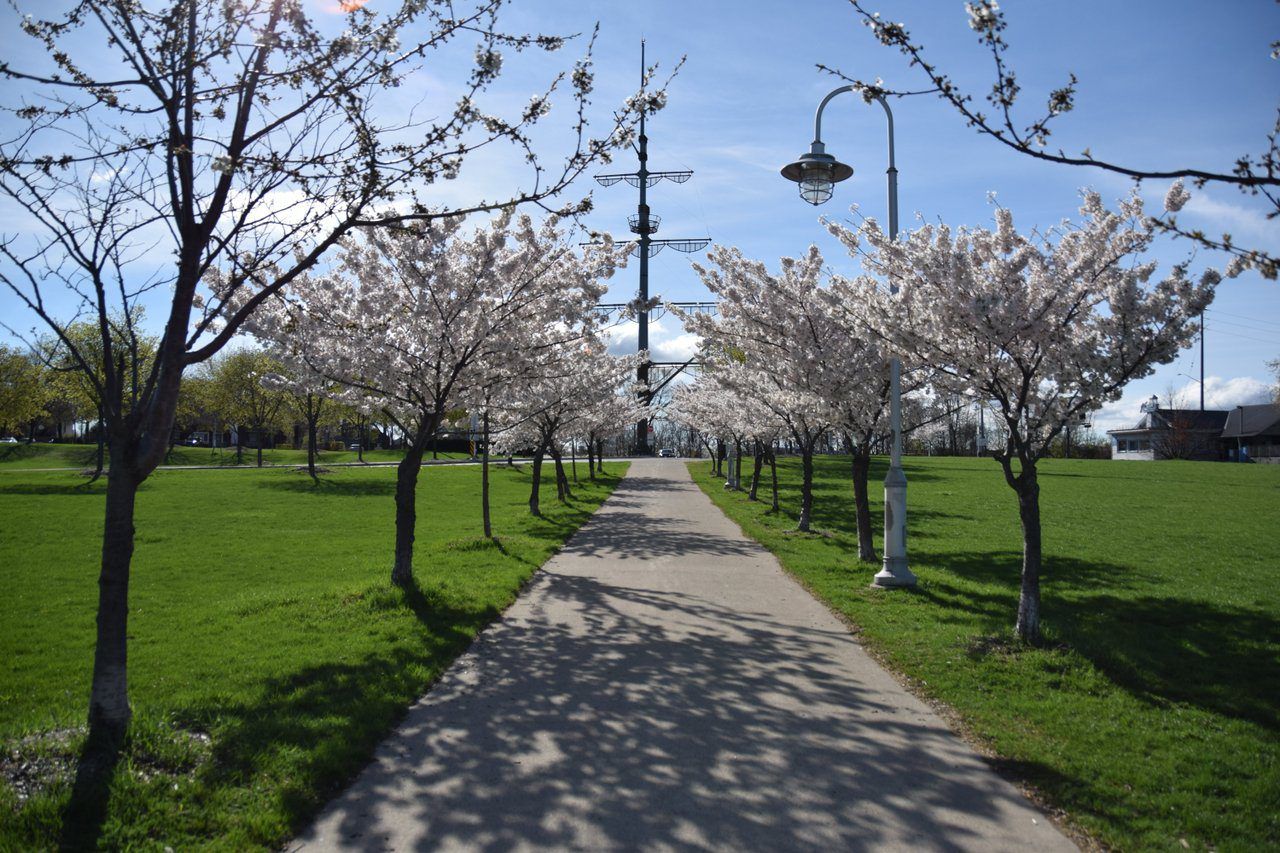Create Stunning Outdoor Spaces with Interlocking Magic
Transform Your Home with Beautiful and Durable Interlocking Solutions
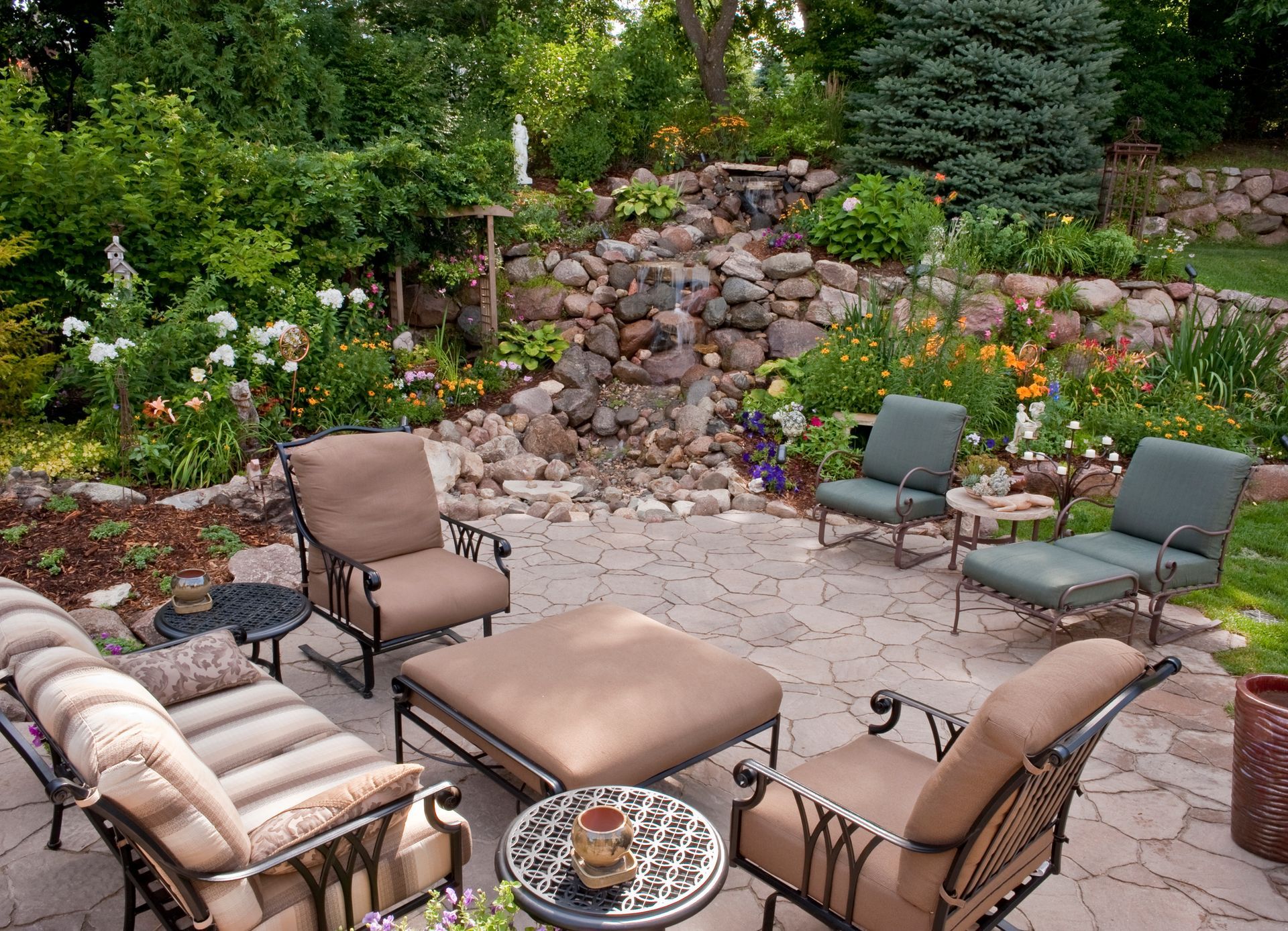
Are you looking to enhance your home’s curb appeal and functional outdoor spaces? Interlocking can be your secret weapon. In this blog post, we’ll explore what interlocking is, its benefits, and how you can use it to transform different areas of your home—from driveways to patios.
We’ll also provide a step-by-step guide to interlock installation, offer maintenance tips, discuss cost considerations, and help you decide whether to hire a professional or go the DIY route. Ready to learn more? Let's get started!
Introduction to Interlocking
Interlocking refers to a construction technique where materials like pavers, stones, or bricks are arranged in a way that they fit tightly together without the need for mortar. This method is popular in home design and landscaping due to its versatility and durability. Whether you're planning a new walkway, driveway, or patio, interlocking can offer a visually appealing and long-lasting solution.
Interlocking has gained popularity among homeowners for several reasons. Firstly, it provides a robust and stable surface that can withstand heavy traffic and weather conditions. Secondly, the aesthetic variety it offers can complement any home style, giving your outdoor spaces a unique and personalized touch. Lastly, interlocking is an environmentally friendly choice as it allows for better water drainage, reducing runoff and potential flooding.
In the sections that follow, we'll break down the many benefits of interlocking, the types available, and how you can integrate this versatile technique into your home improvement projects.
The Benefits of Interlocking
Practical Advantages
One of the main practical benefits of interlocking is its durability. Interlocking surfaces are designed to handle significant weight and pressure without cracking or shifting. This makes them an excellent choice for driveways, walkways, and patios. Additionally, if a piece does get damaged, it can be easily replaced without disturbing the surrounding area.
Another practical advantage is low maintenance. Interlocking surfaces require minimal upkeep compared to other materials like concrete or asphalt. Regular sweeping and occasional power washing are usually enough to keep them looking pristine. Plus, the tight fit of the interlocking pieces means fewer weeds and less dirt accumulation.
Aesthetic Benefits
Interlocking offers endless design possibilities. With a wide variety of materials, colors, and patterns available, you can create a unique look that complements your home’s architecture and landscape. Whether you prefer the rustic charm of cobblestone or the sleek modernity of concrete pavers, there's an interlocking option for you.
Environmental Benefits
Interlocking is also an eco-friendly choice. The gaps between the interlocking pieces allow rainwater to seep through and return to the ground, reducing runoff and helping to prevent erosion. This can be particularly beneficial in areas prone to heavy rainfall.
Types of Interlocking
Material Options
When it comes to interlocking materials, homeowners have several options. The most common materials include concrete pavers, natural stone, and bricks. Each material has its own set of advantages and can be chosen based on your specific needs and aesthetic preferences.
- Concrete Pavers: These are popular due to their affordability and versatility. They come in a variety of shapes, sizes, and colors, making them a flexible option for any design.
- Natural Stone: If you’re looking for a more luxurious and timeless look, natural stone like granite or slate can be an excellent choice. Though more expensive, natural stone offers unparalleled beauty and durability.
- Bricks: Brick pavers offer a classic look and are extremely durable. They are an excellent choice for traditional and colonial-style homes.
Patterns and Styles
Interlocking patterns can add a unique touch to your outdoor spaces. Some popular patterns include herringbone, basket weave, and running bond. Each pattern can create a different visual effect and enhance the overall aesthetic of your space.
- Herringbone: This pattern offers a dynamic and eye-catching look. It’s also incredibly strong and durable, making it ideal for high-traffic areas like driveways.
- Basket Weave: This pattern provides a classic and elegant appearance, perfect for patios and walkways.
- Running Bond: Simple yet effective, this pattern is easy to install and works well in any setting.
Interlocking Design Ideas
Interlocking can be used creatively to enhance various areas around your home. Here are some design ideas to inspire you:
Driveways
An interlocking driveway not only looks stunning but also provides a durable and stable surface for your vehicles. Choose a pattern and material that complements your home’s exterior for a cohesive look.
Walkways
Create inviting pathways with interlocking pavers. Whether you prefer a winding garden path or a straight walkway to your front door, interlocking can enhance the beauty and functionality of your landscape.
Patios
Transform your outdoor living space with an interlocking patio. Combine different colors and patterns to create a unique design that becomes the perfect backdrop for entertaining guests or relaxing with family.
Maintenance and Longevity
To ensure your interlocking surfaces remain in top condition, regular maintenance is essential. Here are some tips:
- Regular Cleaning: Sweep the surface regularly to remove dirt and debris. Power wash occasionally to remove stains and grime.
- Weed Control: While interlocking surfaces minimize weed growth, occasional weeding may be necessary.
- Repairs: If a paver becomes damaged, replace it promptly to maintain the integrity of the surface.
Cost Considerations
The cost of interlocking depends on several factors, including materials, labor, and design complexity. While the initial investment may be higher than other options, interlocking offers long-term value due to its durability and low maintenance requirements.
Material Costs
Concrete pavers are generally the most affordable option, while natural stone can be more expensive. Bricks fall somewhere in between. The choice of material will significantly impact your overall budget.
Installation Costs
Labor costs for interlocking installation can vary based on the complexity of the design and the size of the area. Hiring a professional interlock installer in Burlington may be more expensive but ensures a high-quality and long-lasting result.
Long-Term Value
While the upfront costs may be higher, interlocking surfaces offer excellent long-term value. Their durability and minimal maintenance can save you money in the long run.
Interlocking is a versatile and practical choice for enhancing your home’s outdoor spaces. With its numerous benefits, including durability, aesthetic appeal, and environmental advantages, it’s no wonder homeowners are increasingly opting for this technique. Whether you’re updating your driveway, walkways, or patio, interlocking can transform your home and add value to your property.
Ready to explore the possibilities of interlocking for your home? Reaching out to a professional Hamilton landscaper at Monarch Landscaping For more inspiration and expert advice, visit Monarch Landscaping's website and discover how you can create stunning outdoor spaces with interlocking magic.



